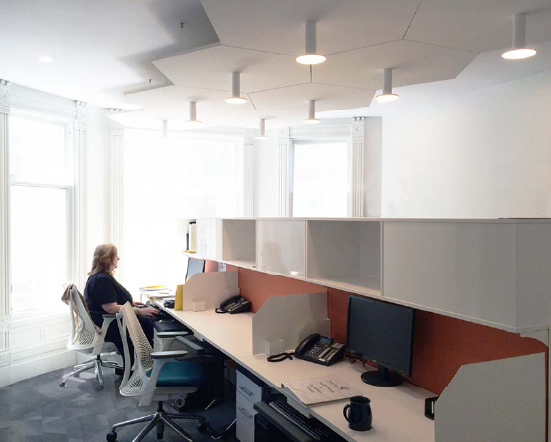Office space utilization analysis is essential for organizations seeking to enhance productivity and reduce costs. By systematically assessing how office space is used, businesses can make informed decisions that lead to improved operational efficiency.
Understanding Space Utilization Metrics
Accurate data is key to understanding office space usage.
Metrics such as occupancy rates, density, and space allocation are crucial for deciphering how well an office operates. Collecting data on these metrics allows organizations to identify underutilized areas and understand employee patterns. This assessment enables businesses to make targeted improvements, which can lead to significant cost savings. Furthermore, understanding these metrics fosters better space planning and resource allocation. Ultimately, accurate data drives informed decision-making at all levels of management.
Enhancing Employee Productivity
Effective space utilization directly impacts employee performance.
A well-designed workspace that meets employee needs can enhance productivity and job satisfaction. By analyzing space utilization, organizations uncover opportunities to create collaborative areas, quiet zones, and amenities that support diverse work styles. Such adjustments can significantly affect employees’ ability to focus and collaborate effectively. Additionally, optimizing office layouts encourages a positive workplace culture, which is vital for retaining talent. Increased productivity not only benefits employees but also contributes to the overall success of the organization.
Cost Reduction Opportunities
Space utilization analysis can uncover significant cost savings.
Underused areas represent wasted resources, leading to excessive rental costs and maintenance expenses. By recognizing these inefficiencies, organizations can make strategic decisions about downsizing or redesigning their spaces. This process could involve repurposing areas or consolidating operations, which brings notable financial benefits. Executives can redirect these savings toward other essential business initiatives, enhancing overall competitiveness. Addressing space utilization proactively is thus a key strategy for financial health.
Supporting Health and Well-being
An effective office layout contributes to employee health.
Utilization analysis can identify areas where ergonomic improvements and well-being features can be integrated. By providing adequate space for movement and relaxation, businesses promote a healthier work environment. This not only reduces the risk of work-related injuries but also helps minimize stress levels and boosts morale. Furthermore, a focus on health-oriented office design can enhance overall employee satisfaction and retention. Ultimately, investing in well-being leads to a more engaged and loyal workforce.
Facilitating Change Management
Responsive office utilization plays a key role in change management.
In times of organizational change, understanding existing space utilization enables smoother transitions. Whether moving to new locations or adopting hybrid working models, companies that analyze their office environments can better prepare for required adaptations. Data-driven insights help identify necessary resources and create strategic plans. This foresight allows organizations to navigate change effectively and minimize disruptions. Ultimately, flexibility in office space is vital for organizations to remain agile in a dynamic business landscape.
Enabling Sustainable Practices
Space utilization analysis supports sustainability efforts.
Modern businesses are increasingly prioritizing sustainability, and optimized space use plays a critical role in achieving this goal. By maximizing existing resources, organizations can reduce their carbon footprint and minimize wastage. Analyzing space helps identify energy inefficiencies and areas where eco-friendly practices can be implemented. Furthermore, organizations demonstrate social responsibility by creating efficient and sustainable work environments. This commitment not only benefits the planet but also enhances brand reputation.
Driving Innovation and Collaboration
Well-utilized spaces foster creativity and teamwork.
Analyzing office space allows organizations to design collaborative spaces that encourage creativity and innovation. By creating environments with flexible meeting areas and spontaneous collaboration zones, businesses can stimulate teamwork and idea generation. Such environments are attractive to younger professionals who value collaboration and dynamic workspaces. Ultimately, fostering innovation through effective space design creates a culture of continuous improvement and forward-thinking. This is essential for maintaining a competitive edge in todays market.
In conclusion, office space utilization analysis is a critical element in optimizing organizational performance, enhancing employee well-being, and driving cost-effective operations. By understanding how space is used, businesses can make informed, strategic decisions that not only improve productivity but also contribute to a sustainable and innovative work environment.

